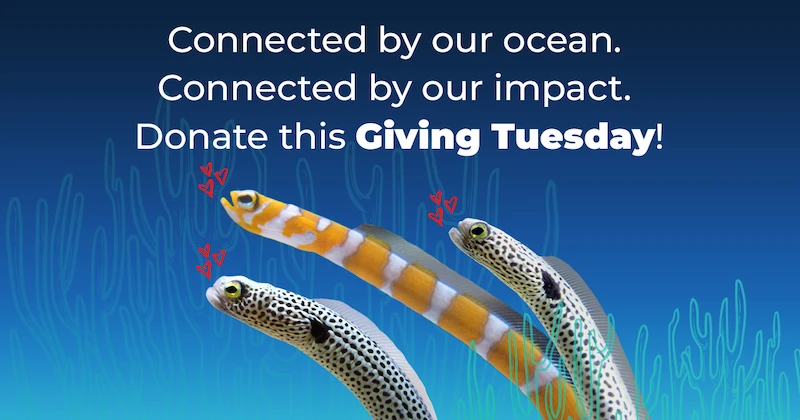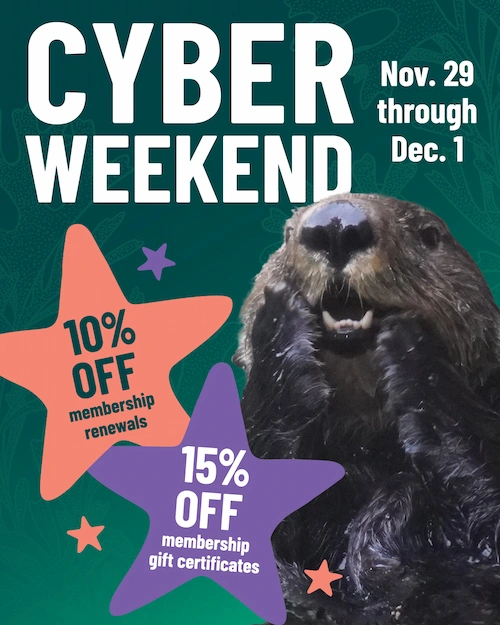Have you ever wondered about the animals under our care at the Aquarium, such as how they came to live here and why they need our care? Those are big questions, and part of the answers can be found through our accreditation with the Association of Zoos & Aquariums (AZA) and participation in its Species Survival Plan (SSP) Program. What is that exactly, and how do we participate? Let’s dive in!
According to the AZA, “an AZA Species Survival Plan (SSP) Program strives to manage and conserve a select and typically threatened or endangered species population with the cooperation of AZA-accredited institutions. SSP Programs develop a Breeding and Transfer Plan that identifies population management goals and recommendations to ensure the sustainability of a healthy, genetically diverse, and demographically varied population.”
Staff at the Seattle Aquarium participate in several SSPs as well as the Taxon Advisory Groups (TAGs), which select the SSP Programs. All four mammal species in our care are in an SSP: sea otter, harbor seal, northern fur seal and river otter, though the SSPs for the last three are led by staff at other facilities. We participate in five TAGs—aquatic invertebrate, marine mammal, Charadriiformes (shorebirds, auks, gulls, and related species), freshwater fishes and marine fishes—and 10 SSPs: North American river otter, northern sea otter, southern sea otter (although we don’t provide a home for this species at the Aquarium), harbor seal, common murre, horned puffin (also not currently a resident at the Aquarium), tufted puffin, lined seahorse, spotted eagle ray and bowmouth guitarfish. (The spotted eagle ray and bowmouth guitarfish will be part of the new Ocean Pavilion habitats!)
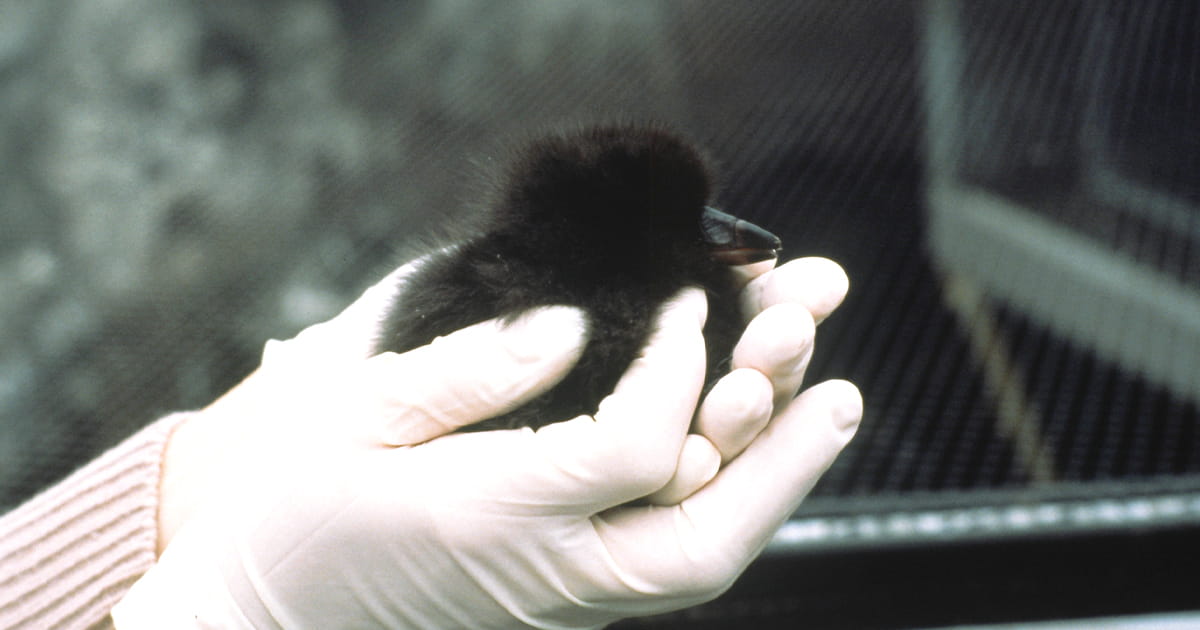
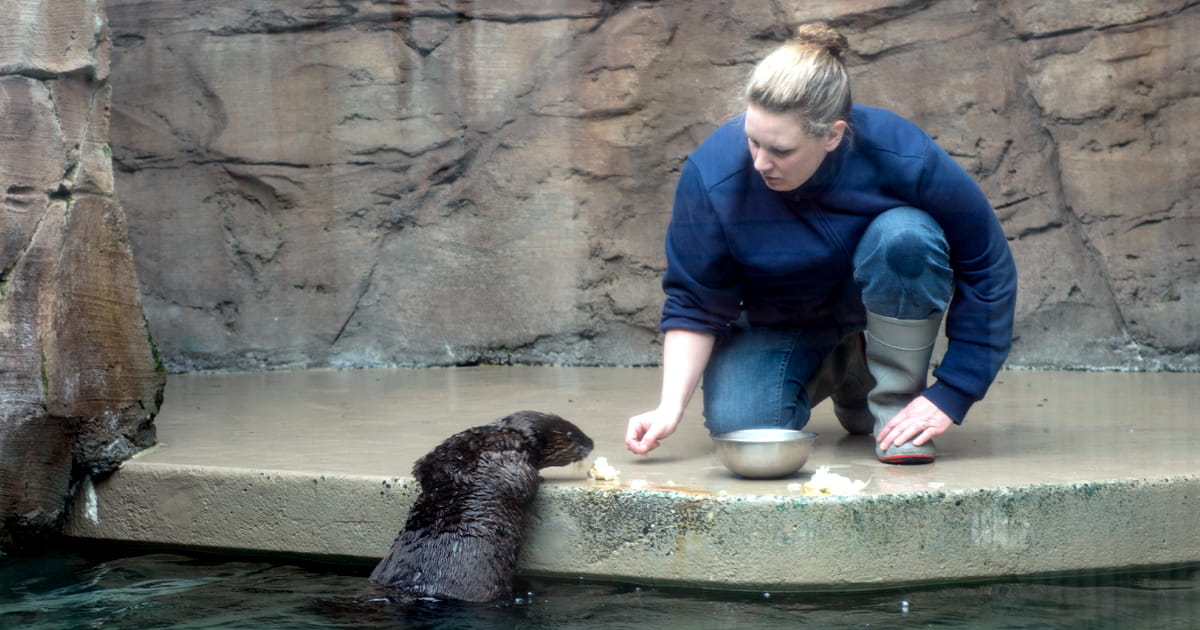
Seattle Aquarium Curator of Birds and Mammals Julie Carpenter explains more: “For species that are part of a managed SSP, we work cooperatively with the SSP coordinator and studbook keeper* to meet necessary reproduction and transport plans to best suit the animal’s needs and conservation initiatives set forth by the TAG and Regional Collection Plan.”
*(Not sure what a studbook is? Keep reading!)
“Lined seahorses, for example, are cared for by many AZA organizations,” says Curator of Fish and Invertebrates Tim Carpenter. “It is the job of the SSP coordinator and studbook keeper to be sure any inter-facility trades and reproduction support the long-term sustainability of the genetics in the AZA collection as a whole. As many institutions care for this species, it is a complex and detailed job to manage the program.”
You may wonder: When does the Seattle Aquarium get picked to lead an SSP program or manage a studbook, versus a different AZA-accredited institution? Julie notes, “An individual keeper, aquarist, biologist, trainer, registrar, etc., can apply for a vacant SSP coordinator position or studbook role and must have support of the facility via permission of their direct manager and CEO. It’s a lot of work and is done on top of your regular job.”
The studbooks Julie refers to are part of the AZA Regional Studbook, which is part of the SSP program. The AZA’s website explains that “an AZA Regional Studbook dynamically documents the pedigree and entire demographic history of each individual in a population of species—they’re invaluable tools that track each individual animal cared for in AZA-accredited institutions.” Studbooks keep track of information such as age, significant events like births or deaths, parentage, taxonomy and any unique individual history.
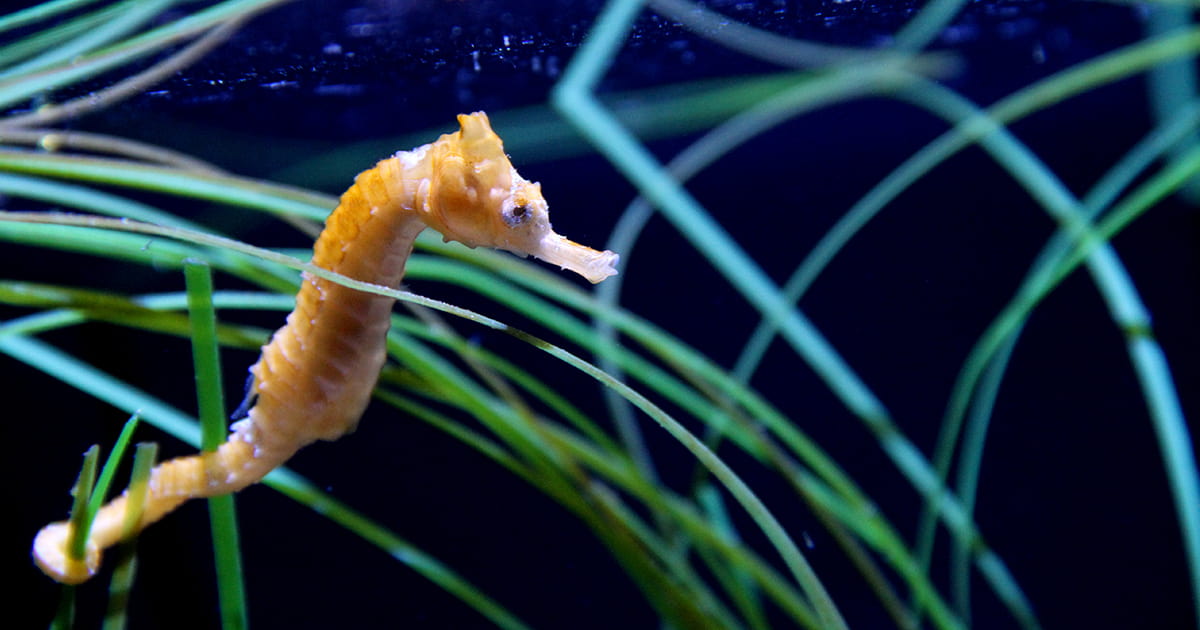
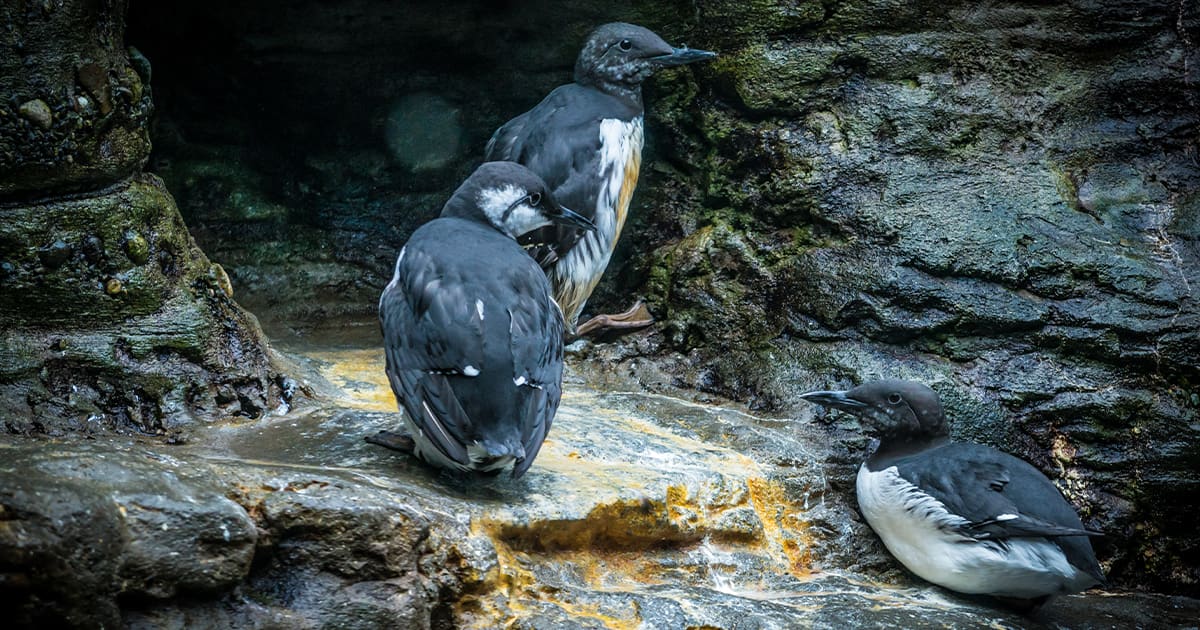
Aquarium staff have managed studbooks for over 10 years and are currently managing five: northern and southern sea otter, tufted puffin, horned puffin and common murre.
“I find managing a species studbook to be extremely interesting,” says Julie, “and it helps me see the care and welfare of the species in a new light. It also allows me to work with each facility that cares for that species and provides me with a deeper appreciation of the amazing work each accredited zoo and aquarium does to support our common missions.”
Interested in learning more about animal care at the Aquarium? Read our previous post on what it’s like to care for the 12,000 individual animals entrusted to us.
Glossary
- AZA: Association of Zoos and Aquariums
- SSP: Species Survival Plan through AZA
- TAG: Taxon Advisory Group through AZA

